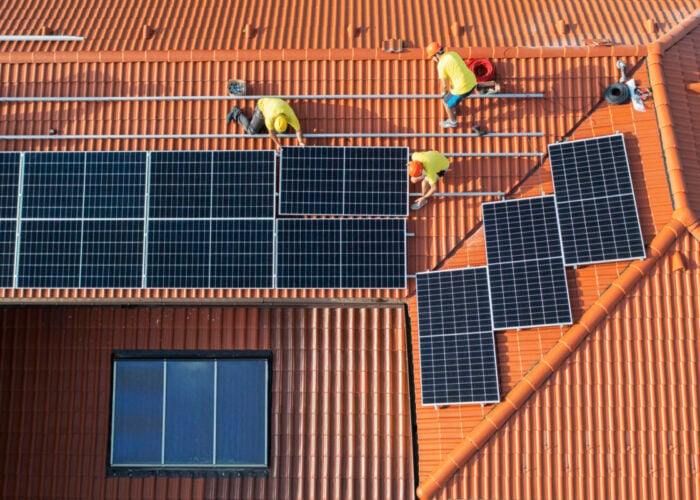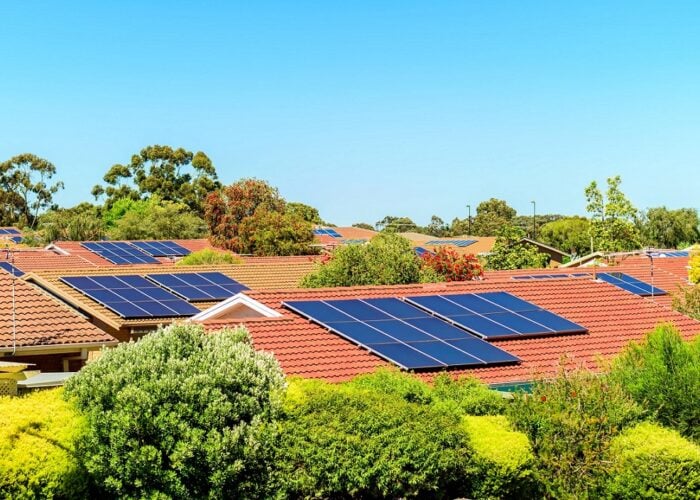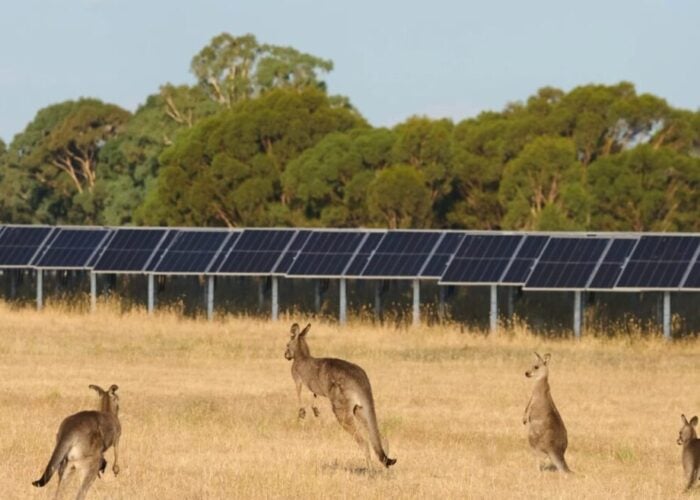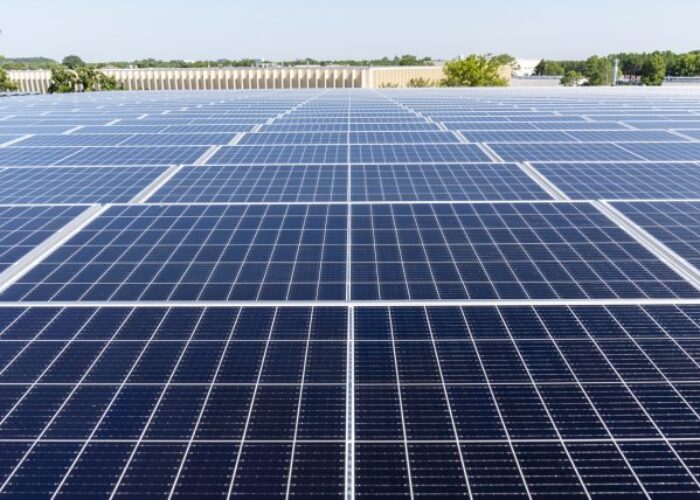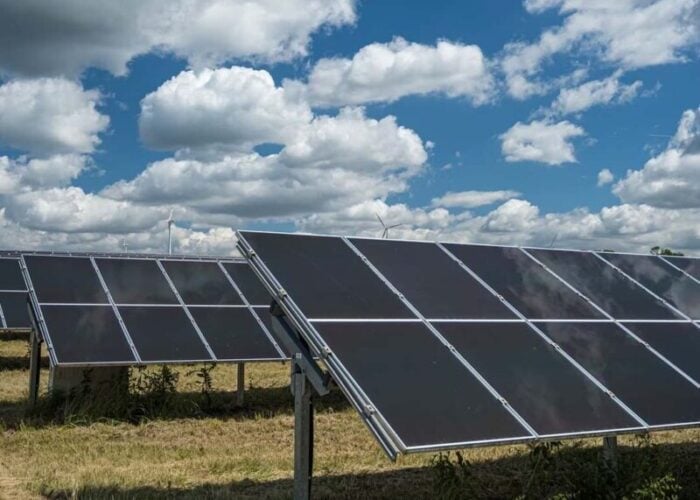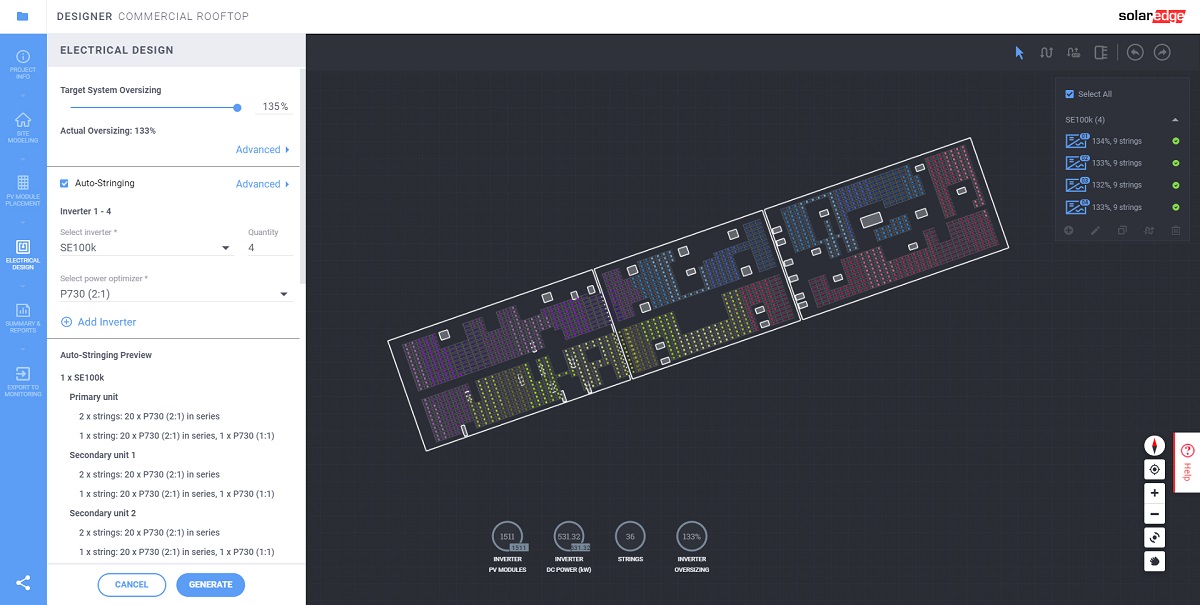
Inverter manufacturer SolarEdge is introducing a range of new features to its PV Designer tool, aimed at helping installers take advantage of the growing appetite for C&I rooftop solar systems.
New features added to the web-based tool included additional commercial load profiles, from which users can select the most suitable consumption profile to represent typical energy usage patterns, and new tools for modelling such as the multi-selection of objects, copy and pasting, and improved edge alignment.
Unlock unlimited access for 12 whole months of distinctive global analysis
Photovoltaics International is now included.
- Regular insight and analysis of the industry’s biggest developments
- In-depth interviews with the industry’s leading figures
- Unlimited digital access to the PV Tech Power journal catalogue
- Unlimited digital access to the Photovoltaics International journal catalogue
- Access to more than 1,000 technical papers
- Discounts on Solar Media’s portfolio of events, in-person and virtual
It also now offers an auto-string layout feature which follows pre-determined design rules, and the ability to easily expand a system’s designed size by duplicating wired blocks of modules.
SolarEdge said the new features would make it easier and faster for installers and developers to design prospective solar systems for commercial and industrial clients, noting potential growth in that sector.
Speaking to PV Tech, SolarEdge founder and VP for marketing and product strategy Lior Handelsman, said comprehensive PV design tools are integral to helping installers “keep pace with PV industry growth”, enabling them to streamline sales, planning and design processes.
“With a growing amount of factors to be considered, such as climate, grid, accessibility, safety, module optimisation, sizing, subsidies, stringing, and more, PV system design and planning is growing increasingly complex, time consuming, and costly for commercial installations.
“Tools that offer auto-stringing, product selection and compatibility, energy simulations features, to name just a few, help to reduce the time and cost required in PV system design,” he said.

